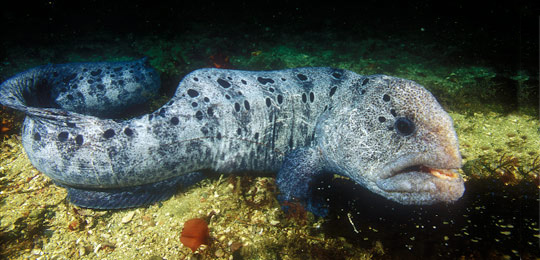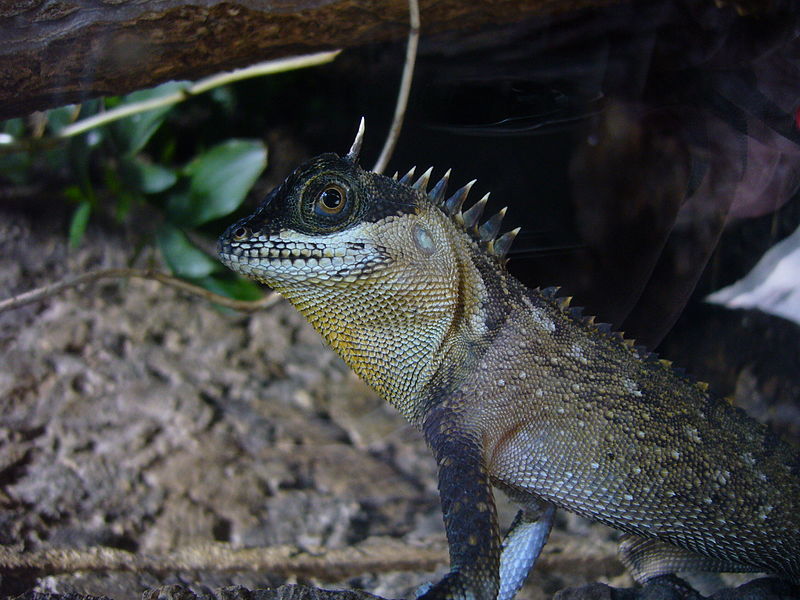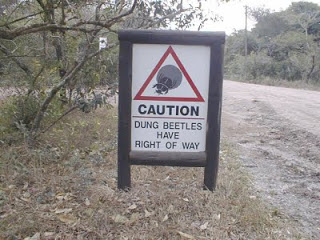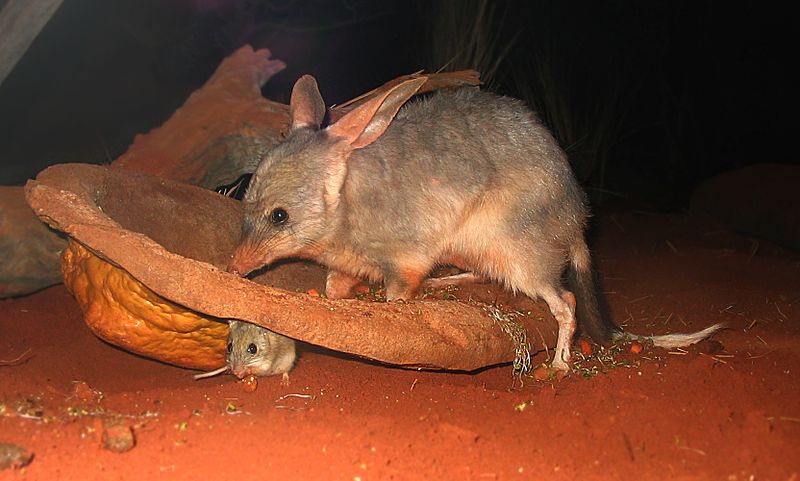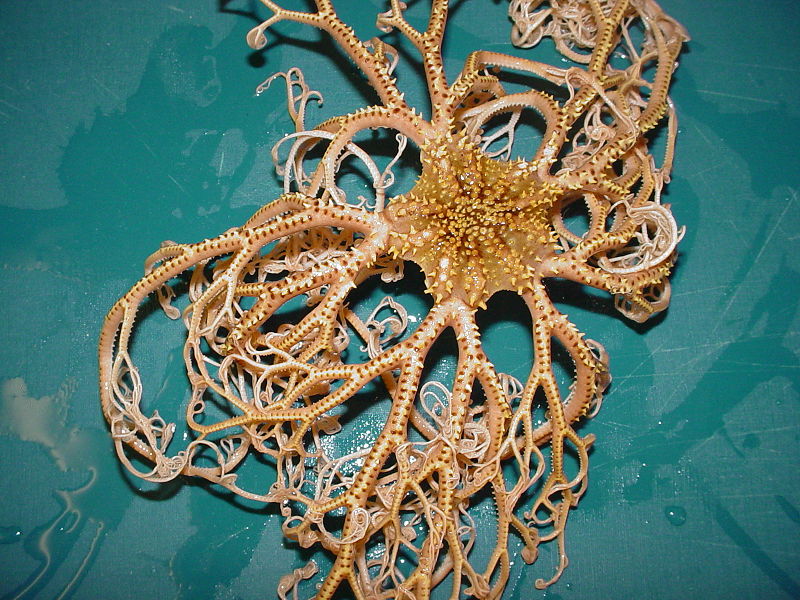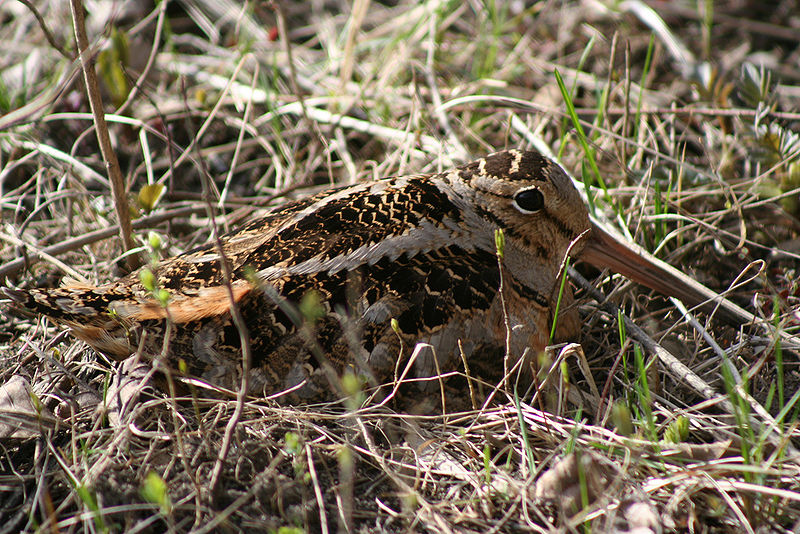
From eastern parts of North America, the American Woodcock is a wonderful bird to watch and comes with a string of fascinating nicknames that include the Timberdoodle, Bogsucker, Night Partridge
Cool Stuff You Might Like To Know:
- The population has fallen by around 1% every year since the 1960’s
- It’s bill is nice and flexible so it can feel for, and catch earthworms as it searches the ground
- The bird sometimes rocks it’s body back and forth without moving it’s head, placing it’s foot down heavily to encourage worms to wriggle around and be detected more easily.
- It’s one of the few shorebirds that is regularly hunted for sport.
- When they nest, they like to make a shallow depression on the ground instead of in a tree like other birds.
Vital Statistics
The American Woodcock normally measures about 25 to 31 cm (9.8 to 12.2 inches) in length. It has a wingspan that measures between 42 and 48 cm (16.5 to 18.9 inches) in length. It’s weight is normally ranges between 116 to 279 grams (4.1 to 9.8oz). So while they are not the biggest bird in the world they definitely win the size competition agains birds such as sparrows, chickadees and doves. In fact they are big enough to not prefer trees (okay, maybe this isn’t the reason). That’s right, the American Woodcock likes to live in forests that have open and shrubby areas. Years ago this was fine, but as forests have matured and trees have grown, their habitat has shrunk slightly, and this is why the number of them has fallen each year. Oddly enough, this is a problem that I am sure will fix itself as humans move into harvest the timber around their home.
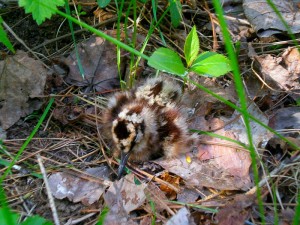
Let’s Talk About Chicks
When the Timberdoodle creates a nest there will normally be anywhere from 1 to 12 eggs in the “clutch”. The eggs will typically be a creamy color with some brown colored spots near to the larger end of the egg. As soon as the downy chicks hatch, they are fed by their mother for about a week. They will start to follow the suit of their mom and begin probing the dirt around three or four days after they have hatched. Then they quickly leave the nest to fend for themselves.
It’s interesting to know that the father bird pays no attention to the chicks and will not help out with raising the chicks. It’s all down to the mother. In fact the father will happily go and mate with a number of different females.To help him do this, he has created an elaborate show that is sure to attract all females in the area. First, he will give lot’s of “peents” from the ground before flying upwards in a spiral fashion. When he gets to around 70 to 100 meters his wings start to twitter (no, not that Twitter). Then he will descend and start to chirp instead of twittering, diving down in a zig zag fashion. If he is lucky there will be a female waiting on the ground!


